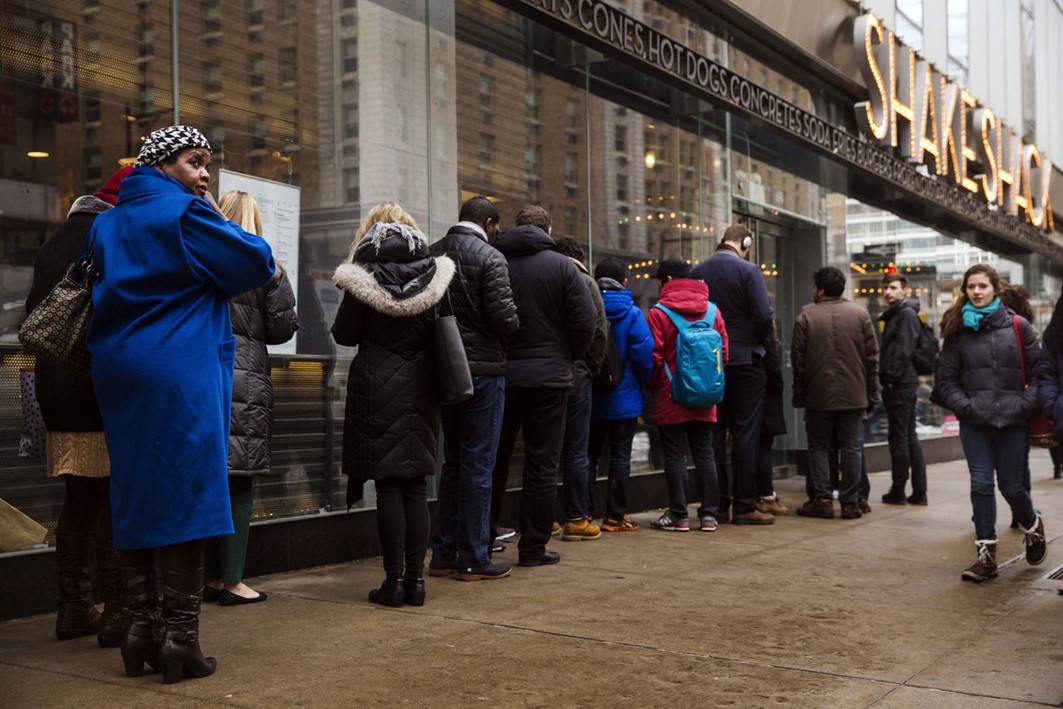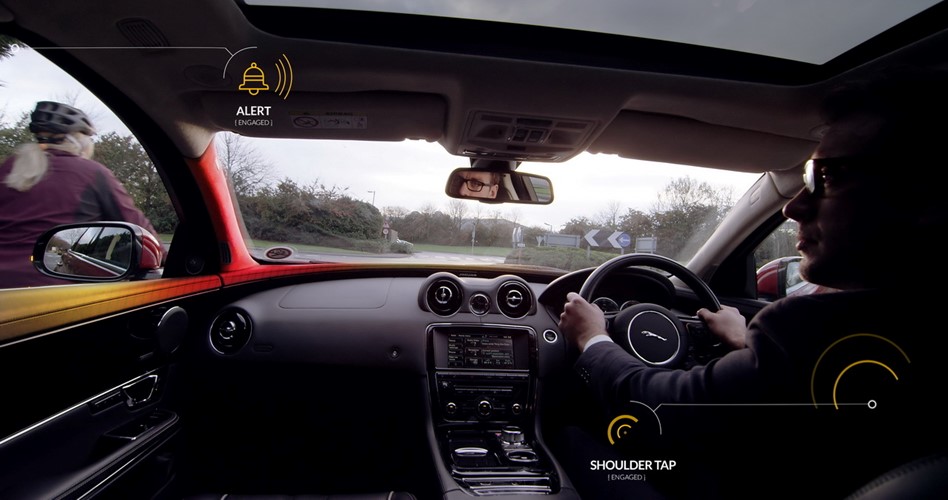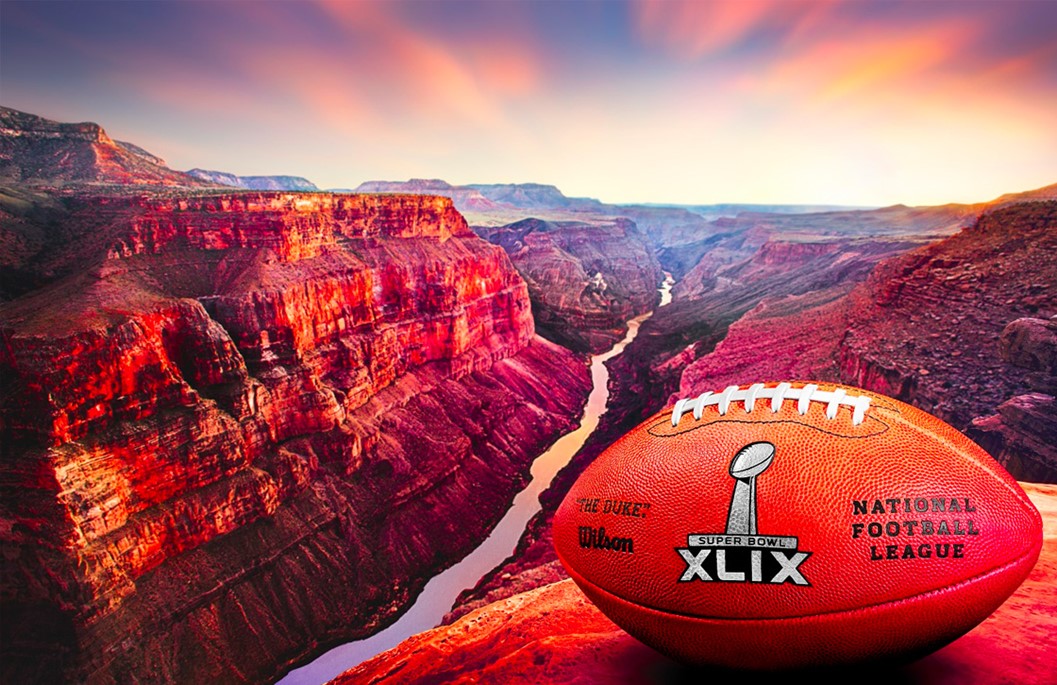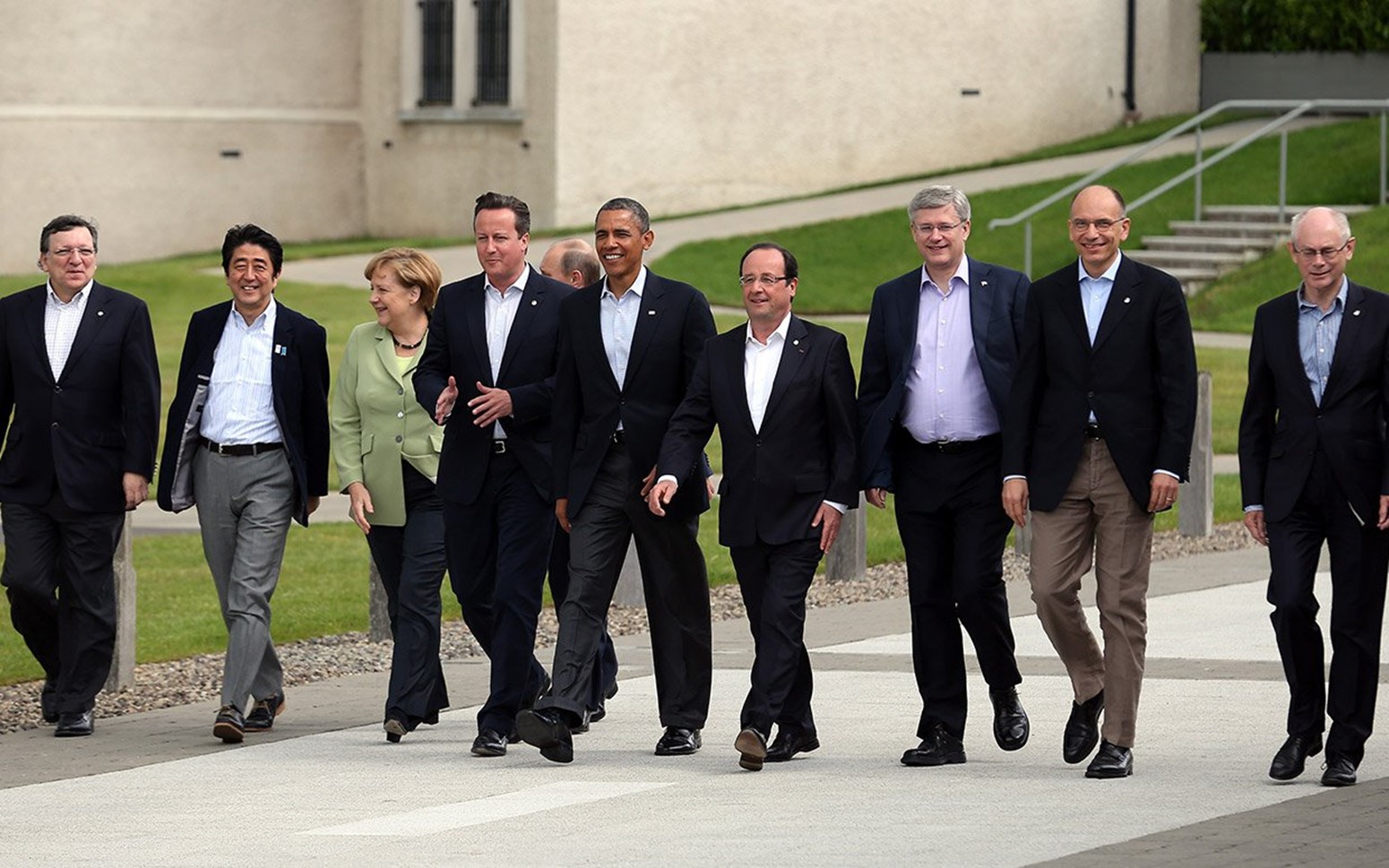What Next Generation Fighters Will Do
February 8, 2015 in Daily Bulletin

American President Barack Obama has requested $5 million in his budget to develop a 6th generation fighter plane. Patrick Tucker looked into what features it may have:
- BAE systems has released some concepts for future planes, including one that can 3-D print replacement parts for itself mid-air, and another that can split up into multiple planes to carry out specialized tasks such as surveillance and battle in a war zone.
- The air force may want lasers on the plane since lasers could theoretically be better and more cost effective at shooting down multiple small drones than conventional weapons.
- The plane may also carry its own drones which it can deploy and act as a mother ship to.
- There’s a chance the plane won’t have a human pilot. They’re heavy, make mistakes, and complicate plane design.
- While the plane will be fast it won’t try to break speed records, since a warplane won’t realistically be able to outrun a missile. Instead any extra power could be used to drive the plethora of onboard sensors that are expected on the jet.
Read about the cognitive electromagnetic weapons the fighters will feature, why stealth won’t be a high priority, and more over here.
Source: Defense One









Join the Discussion! (No Signup Required)